Stay Ahead of the Curve
Latest AI news, expert analysis, bold opinions, and key trends — delivered to your inbox.
Is Duolingo the Face of the AI Jobs Crisis?
2 min read Duolingo is replacing translators and writers with AI, signaling a real and growing AI-driven jobs crisis. Journalist Brian Merchant says the issue isn’t AI itself, but companies cutting human roles to save costs—eroding entry-level and creative jobs. May 05, 2025 10:55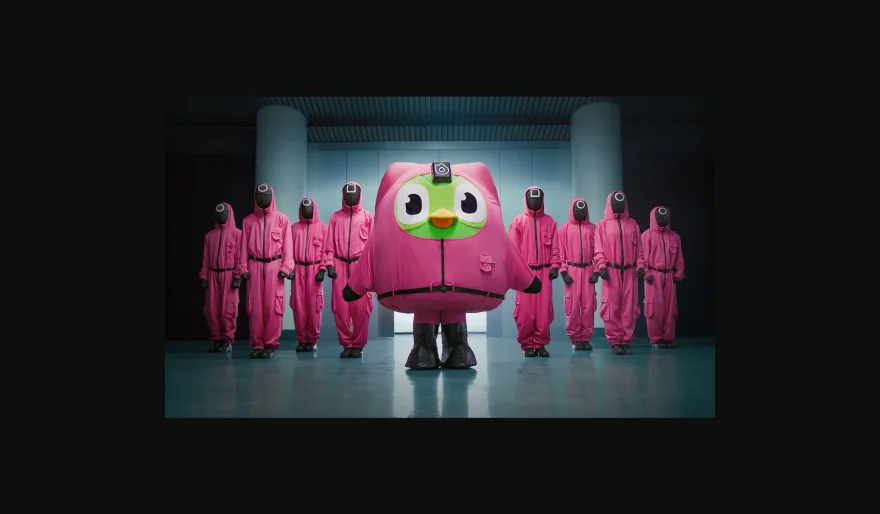
Duolingo says it’s going “AI-first” — and in the process, it's replacing human contractors with machines. This week, journalist Brian Merchant flagged the shift as proof that the so-called AI jobs crisis is no longer a hypothetical. It’s already here.
According to Merchant, the trend at Duolingo started earlier. Around 10% of its contractor workforce was cut in late 2023, primarily translators. Then in October 2024, another wave of cuts hit writers — both groups replaced by AI tools.
Zooming out, Merchant connected this to The Atlantic’s recent reporting on rising unemployment among recent college grads. The theory: AI isn’t just automating tasks — it’s replacing the entry-level jobs that used to launch careers. Either that, or companies are reallocating budget from human labor to AI services.
Why it matters:
This isn’t about robots taking over — it’s about CEOs making choices. Merchant argues the real AI jobs crisis is a human one: execs cutting costs, reducing creative labor, and hiring fewer people. The result? Vanishing pathways into creative and knowledge work, declining freelance income, and a slow bleed across industries that once relied on human nuance.
Or as Merchant puts it: “It’s not SkyNet. It’s Duolingo.”
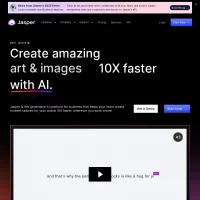
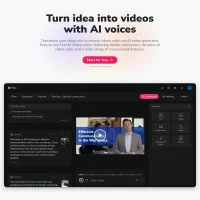
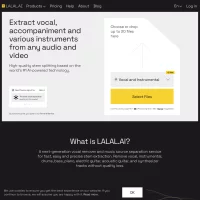
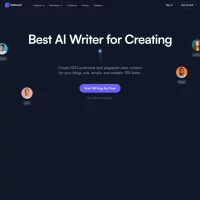
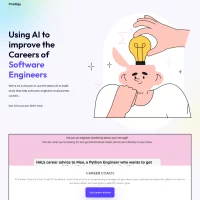








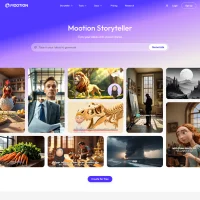
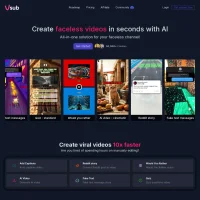



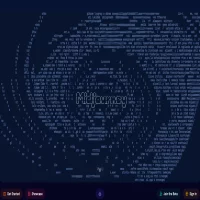
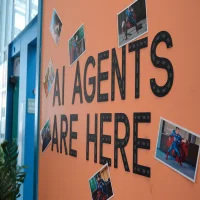 AI Agents
AI Agents